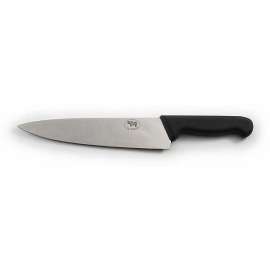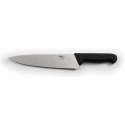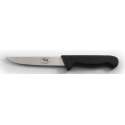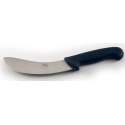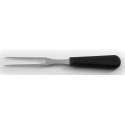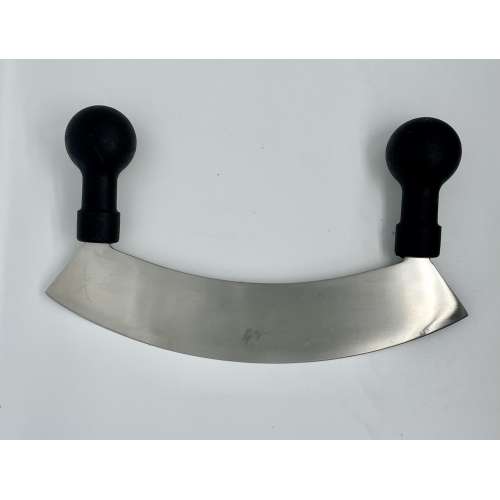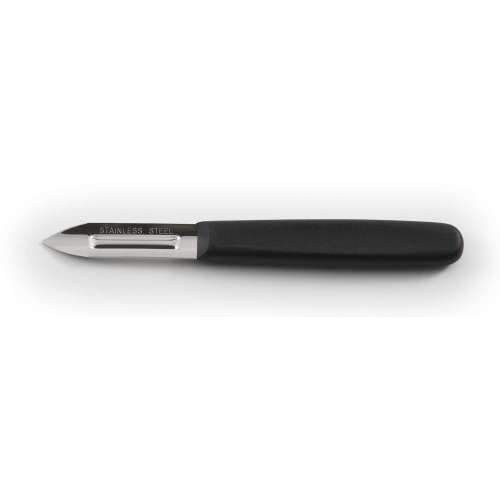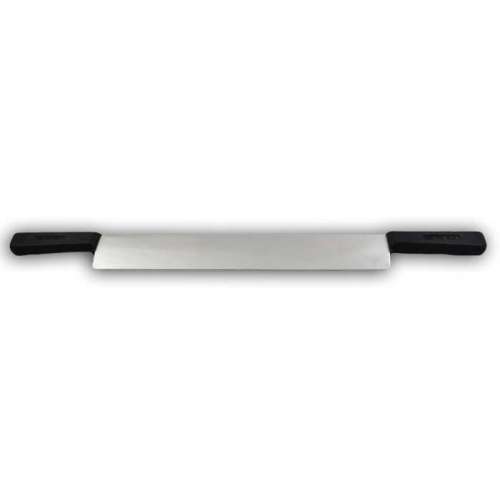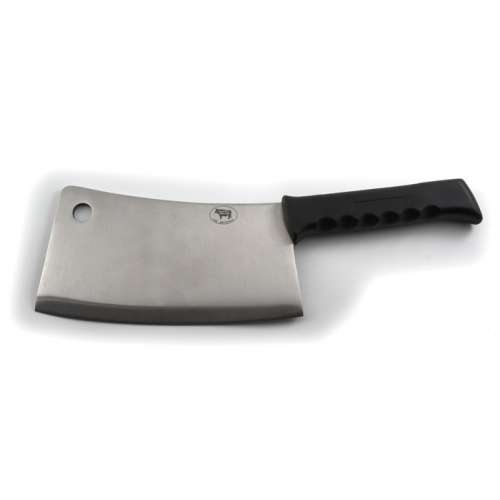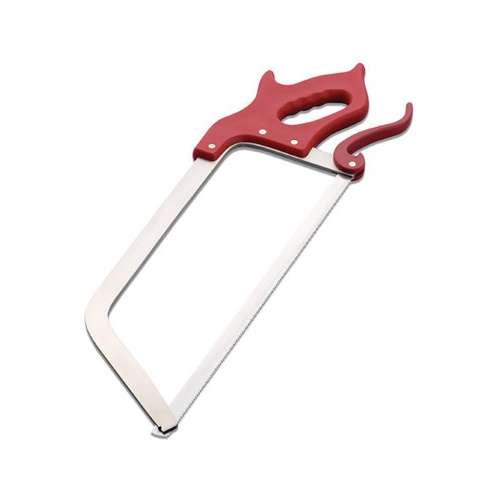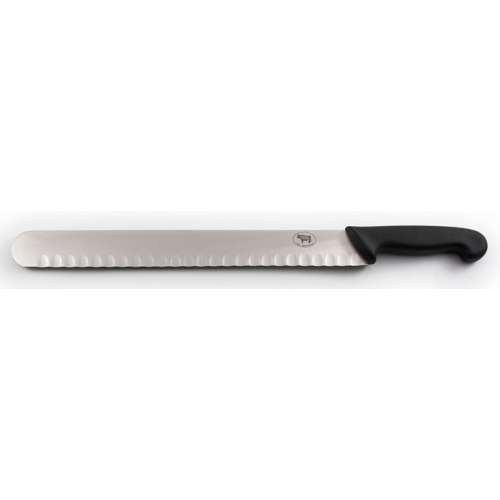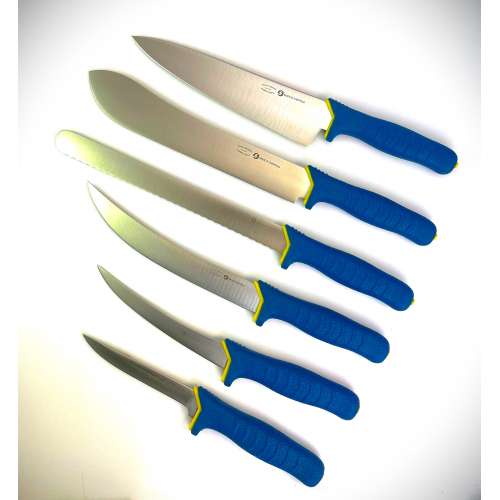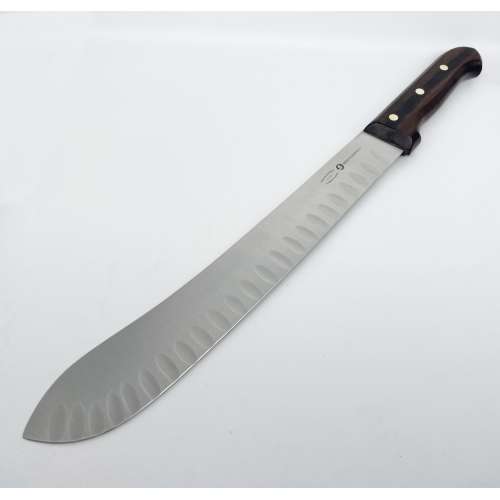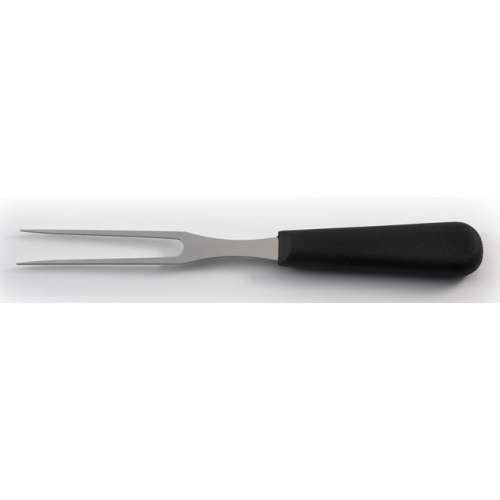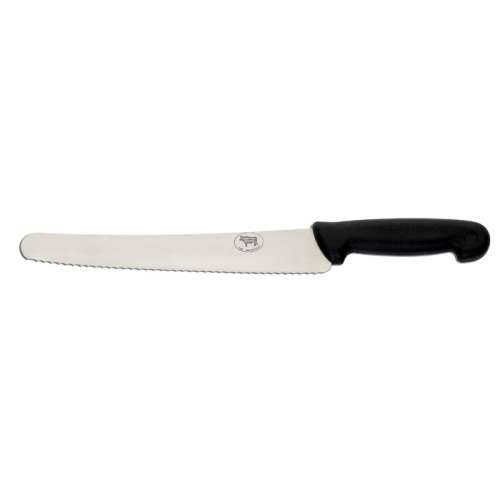No products
Product successfully added to your shopping cart
There are 0 items in your cart. There is 1 item in your cart.
Samprene Knives
Samprene Knives
The Smithfield ‘Samprene’ range is our most comprehensive range of knives at Samuel Staniforth. Made using polypropylene handles, our samprene knives are available in a range of colours to suit various foodstuffs, designed to help prevent cross contamination of food.
The ‘Samprene’ handle is made using high-tech machinery and m...
Samprene Knives
The Smithfield ‘Samprene’ range is our most comprehensive range of knives at Samuel Staniforth. Made using polypropylene handles, our samprene knives are available in a range of colours to suit various foodstuffs, designed to help prevent cross contamination of food.
The ‘Samprene’ handle is made using high-tech machinery and materials in the plastic industry. This new variant of plastic has been designed and developed to combine both the strength and durability of polypropylene with the softness and serenity of rubber. The result, a knife with the perfect combination of outstanding strength and lasting comfort. The blades themselves are made using high quality 420 stainless steel that has added Molybdenum. This gives the steel excellent edge retention, high durability and exceptional rust resistance.
Sharpened to a 16 degree angle each side and heat treated to a Rockwell hardness of 58, our samprene knives feature a razor sharp edge that is durable enough to handle anything a professional setting can throw at it. Made using a huge range of colours, you’ll be pleased to know that our samprene knives include all of the colours required for a HACCP plan.
Colour chart for HACCP:
RAW MEAT |
RAW FISH |
COOKED MEAT |
SALAD AND FRUITS |
VEGETABLES |
DAIRY |
ALLERGENS |
Samprene Knives FAQs
Which Chopping Board Should I Use With My Samprene Knife?
We recommend using wood or plastic chopping boards only. Avoid steel, ceramic, glass, or stone as these will blunt your samprene knives.
How To Take Care Of Your Samprene Knife
At Samuel Staniforth, our top tips for taking care of your samprene knife include:
Always keeping your knife dry and clean
Hand washing your knife with warm, soapy water
Never putting your knife in the dishwasher or leaving it soaking in water
Drying your knife completely using an absorbent towel
All stainless steel contains some level of carbon. If knives are not cleaned and dried properly, light hueing can occur. We recommend storing your knives on a magnetic wooden block, keeping it protected in a sheath or storing them in a knife roll or wrap.
What Is The Difference Between Honing and Sharpening Knives?
Honing and sharpening knives are very different things. Honing removes a very minimal amount of material from a knife’s edge and is more about moving a still sharpened edge back into alignment. This incorrect alignment occurs when the knife gets bent out of shape during use. *Bear in mind that most steels you see are honing steels, not sharpening steels.
Alternatively, sharpening is about removing material from a completely dull edge. Whilst nothing beats having freshly sharpened knives, remember that every time you sharpen your knife, it removes material from the blade. Over time, this can remove too much of the blade and affect the knife’s ability to cut well.
A common mistake people make is sharpening their knives too often and not honing them enough. At Samuel Staniforth, we recommend that you hone your knives regularly so that you don’t have to sharpen them as often. As a result, your knives will last a lot longer whilst feeling just as sharp. Take a look at our honing and sharpening steels to find out more.
What Is Your Best Selling Samprene Knife?
Our range of curved boning knives is our biggest seller. We sell 20,000 a year to abattoirs all over the world including the USA and New Zealand
Subcategories
Mezzaluna - Herb Rocker Mezzaluna - Herb Rocker
Nigella's Favorite Kitchen Tool - Herb & Salad Chopper with half-moon Mezzaluna design, stainless steel blade and comfortable handle. This premium herb chopper and salad chopper will help you prepare foods like fresh herbs, chillies, garlic and onion with ease and elegance. Nigella's Favorite Kitchen Tool -...
In StockDouble Handled Cheese / Cake Knife Double Handled Cheese / Cake Knife
The Double Handled Cheese Knife features a long 15" blade to ensure that problems cutting cheese are a thing of the past. The blade itself is made from steel that is extremely sharp and has excellent edge retention. The Double Handled Cheese Knife...
In StockCleaver Cleaver
Heavy weight stainless steel meat cleaver that will have no trouble whatsoever cutting through almost anything. Knife is perfectly balanced to ensure both precision and power. Handle features grip for both safety and comfort. Available in 6", 8", 10" Versions Heavy weight stainless steel meat...
In StockBowsaw - Stainless Steel Bowsaw - Stainless Steel
Superb Quality S/S Meat Bowsaw Available in 14" and 18" versions. Superb Quality S/S Meat Bowsaw...
In StockSlicer Scalloped Edge Slicer Scalloped Edge
Scalloped - Granton Edge Slicer. Available in 8", 10", 12" and 14" versions. Available in various Colours. Scalloped - Granton Edge Slicer....
In StockBBQ - Knife Set - 7 piece BBQ - Knife Set - 7 piece
Comfort Grip BBQ knife set. Comfort Grip BBQ knife set.
In StockROSEWOOD HANDLE BUTCHERS KNIFE WITH GRANTON EDGE ROSEWOOD HANDLE BUTCHERS KNIFE WITH...
12 inch butchers knife with rosewood handle Granton edge blade 12 inch butchers knife with rosewood...
Out of stock10" Pastry Knife 10" Pastry Knife
This serrated curved blade is the perfect professional knife for bakers, confectioners, restaurants and more. The knife provides exceptional cutting accuracy and performance - essential when cutting delicate pastries or artisan breads. This serrated curved blade is the...
In Stock
Categories
Wishlist
Information
New products
-

16" Double Handled Cheese Knife / Cake Knife / Pizza Knife
16 Inch Double Handle Cheese / Cake knife / Pizza knife X50 Stainless...
£ 60.00

